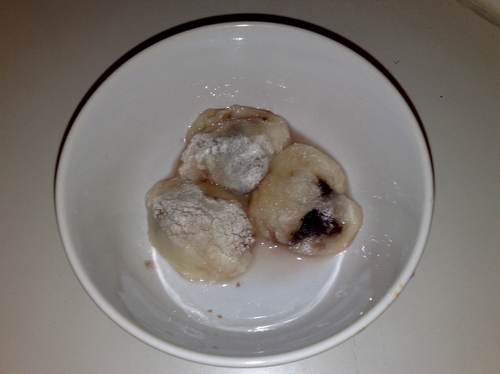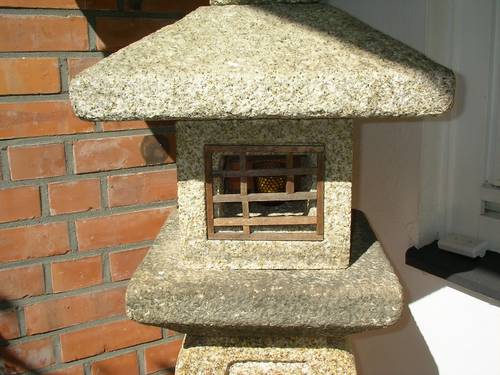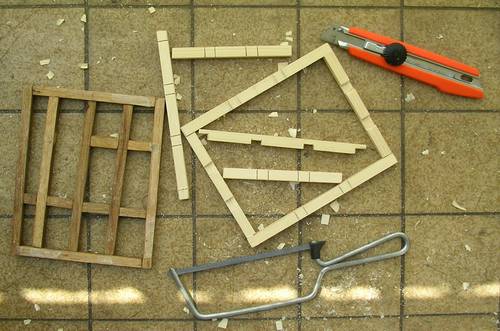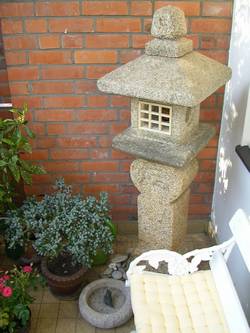“…the sudare is the thing handed down from their ancestor.” (src)
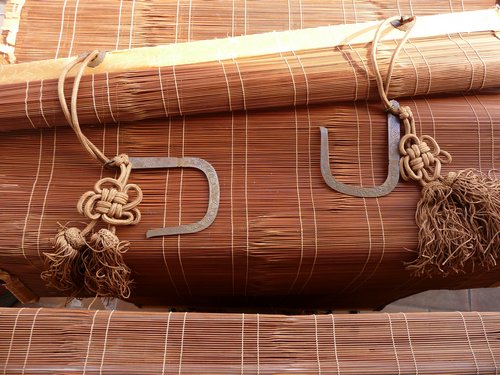
Found this nice quote on a website run by an artisan who crafts and repairs Sudare – Japanese screens. The same artist goes on explaining that:
“…the sudare is basically made from bamboo, but it can also be made from 3 to 4 other types of materials. The word “sudare” is characterized in Kanji by the combination of 2 kanjis: one meaning bamboo and the other meaning “in row.” So “sudare” means “lined-up bamboo.” Well actually, if we break the word “sudare” down, “su” stands for “lined-up bamboo,” and “dare” means “hanging down” because you hang sudare down from the ceiling when you use them. “
And that’s exactly what I am going to do with these screens: hang them up in our living room (in front of the window).

The interesting story and my reason for sharing this is that my parents found them on top of a rubbish container near our house in Tokyo some…30? years ago. An older house in the neighbourhood had been demolished and careless workers threw them away, so the Sudare(s) were free to be picked up.
There’s something about modern Japanese culture and how it conflicts with old traditions that would certainly make up for a lot of interesting blog posts. Fortunately, there are a lot of Japan-related blogs out there that cover exactly this transition between the old and the new worlds.

These sudare may look a bit worn out now, also because they were kept in a very moisture basement over the last 5 years, but the bamboo material is still in great shape and 100% ok. The build quality of these Japanese sudare is just amazing – even though they may be about 80+ yrs old!
I will buy some golden tape to repair the seam at the sides.

